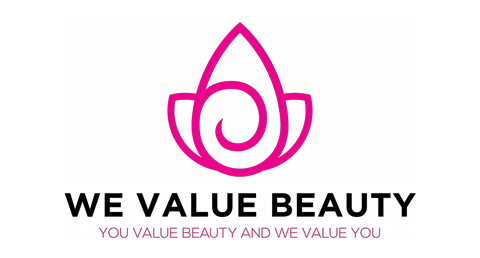Ever feel like you need a dictionary to translate skincare labels? Because, same! Skincare labels are riddled with items you aren’t even sure how to pronounce.
Whether you’re creating your first-ever skincare routine or you’re a longtime user, knowing what specific ingredients do is super useful. Here’s your complete guide to beauty buzzwords:
Vitamin C
L-ascorbic acid is the only form of Vitamin C you should look for in your skincare products. Vitamin C acts as a potent antioxidant that neutralises free radicals (harmful molecules that damage skin cells). UV exposure and pollution can clog skin cells.
Vitamin C in serums and creams can reduce the appearance of:
- Dark spots
- Sun damage
- Overall dullness
When used in conjunction with sunscreen, Vitamin C can create a barrier against harmful UV rays, ensuring a radiant glow.
Urea
Urea is becoming an increasingly popular ingredient in skincare products, especially dermatologically approved skincare items. Urea is a humectant, meaning it draws moisture from the deeper layers of your skin and the air. In simple terms, a urea face cream can keep your skin plump and hydrated for extended hours.
Urea also has exfoliating qualities. It breaks down the protein keratin in your skin, reducing dead skin buildup and flaking. You can also buy a foot cream that has urea to get rid of calloused skin on heels and soles.
Retinol
You’ve probably heard of retinol as the best anti-aging skin care product. While that’s true, retinol also offers a range of other benefits.
Found in Vitamin A, retinol speeds up your body’s natural skin shedding process. This helps clear pores and promote a clearer complexion. Retinol can also boost collagen production, a protein necessary to maintain your skin’s elasticity and firmness.
Glycolic Acid
Glycolic acid is one of the best ingredients for reducing hyperpigmentation. Derived from sugarcane, glycolic acid is a chemical exfoliant from the alpha-hydroxy acid (AHA) family. The working of glycolic acid is pretty simple: It dissolves the bonds between dead skin cells to remove them from the skin’s surface.
Glycolic acid can also help reduce:
- Comedonal acne
- Lines and wrinkles
- Sun spots
That said, using a high concentration of glycolic acid can cause skin irritation and damage. A safe concentration for over-the-counter glycolic acid products is 10% or less.
Lactic Acid
Lactic acid is a chemical exfoliant and water-soluble AHA that gently removes dead skin cells. The result is a smoother, brighter, and more evenly toned skin.
Glycolic acid and lactic acid have similar effects on skin. It can help achieve a brighter complexion, reduce acne, and improve your skin’s natural barrier.
Gradually add lactic acid products to your skincare regimen. Use them a couple of times a week as your skin adjusts.
Niacinamide
Niacinamide, a form of Vitamin B3, is another popular ingredient in skincare products. It can offer the following benefits:
- Improved skin barrier
- Hydration
- Reduced redness and inflammation
- Reduced hyperpigmentation
Always apply niacinamide products to slightly damp skin for better absorption. Layer them with a hydration moisturiser and sunscreen for maximum benefits.












